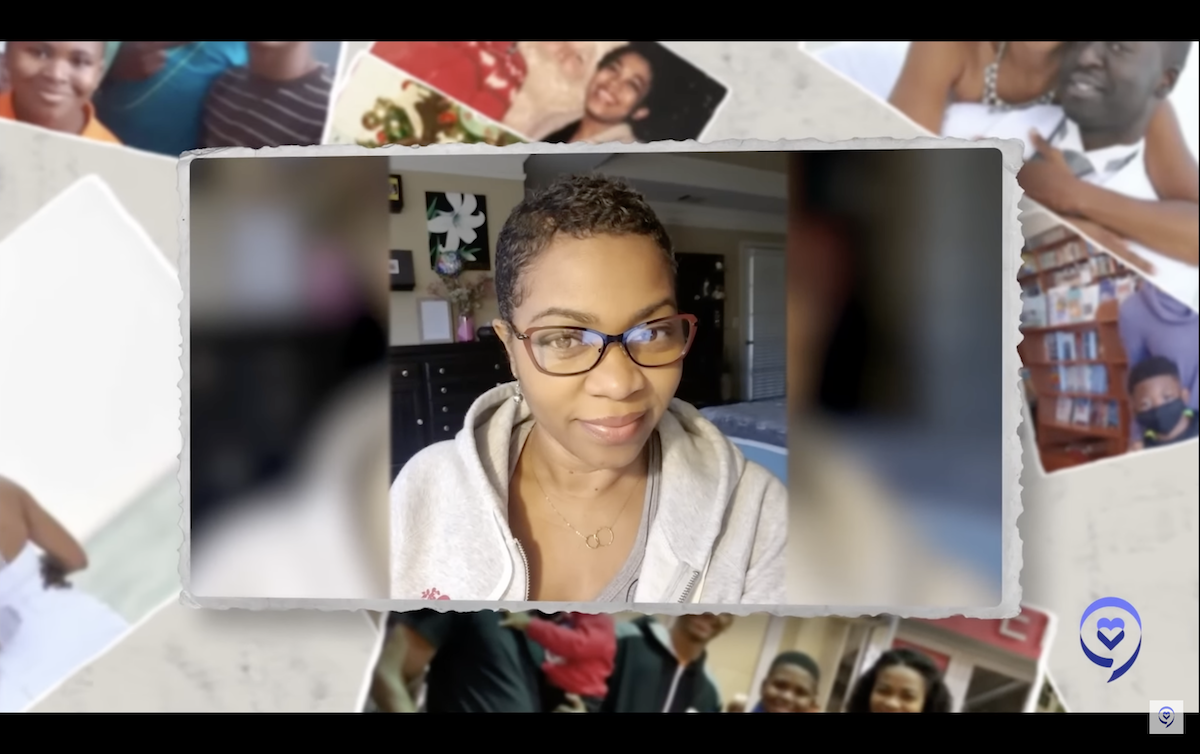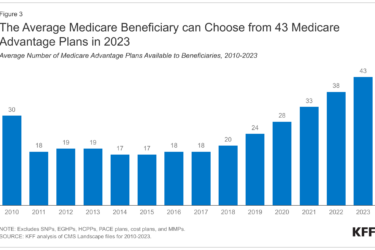Cancer patients worldwide confront the physical challenges of surgeries, radiation, chemo and the resulting complications. But unlike those in other developed countries, U.S. patients face the additional challenge of having to pay for the often staggering costs of care.
Most Americans’ health care costs are not adequately covered by insurance, according to an October Commonwealth Fund report. While journalists have covered the rising burden of medical debt well, the angle that often gets missed is the financially toxic nature of high-cost medical care.
What is ‘financial toxicity’?
The term “financial toxicity” describes the harmful effects that patients with certain conditions — particularly cancer — suffer, according to a 2022 JAMA Oncology article. The term also describes the effects those costs have on patients’ quality of life and the inevitable financial stress, the study authors wrote, adding that cancer patients accrue some of the nation’s highest treatment costs.
The Commonwealth Fund’s authors concurred, reporting that cancer and many health conditions result in stunningly high medical and drug costs, forcing almost 40% of those with medical debt to cut back on such necessities as food, heat or rent.
In an August 2023 Lymphoma and Leukemia Society survey, 65% of respondents said they would have to incur debt to afford the estimated $4,000 to $13,000 in out-of-pocket costs from the first year of cancer diagnosis.
There is no national data on financial toxicity, but in 2018, researchers found that an estimated 42% of newly diagnosed cancer patients depleted their financial assets within two years of diagnosis.
“The costs of cancer are literally killing patients,” wrote oncologist Ezekiel J. Emanuel, M.D., Ph.D., in a May op-ed for STAT. More than 25% of cancer patients delay or go without care, or those costs cause them to make changes in their treatment, he added.
The cost of one woman’s care
April Donaldson, a 44-year-old cancer patient and mother of three, is one of the millions of Americans struggling with the financially toxic effects of the disease. In a presentation to health care journalists last spring, Donaldson explained that she considers herself fortunate to have good health insurance through the Affordable Care Act. That coverage paid for many of the bills she incurred after being diagnosed with Stage 2 triple-negative breast cancer in February 2020.
During the AHCJ-CDC Health Journalism Fellowship at the CDC’s headquarters in Atlanta, Donaldson spoke candidly about her struggle with cancer, the astonishing bills and the resulting effects on her family. She also answered questions in subsequent phone interviews and via email.
“After my diagnosis, our lives quickly became a blur of doctor’s appointments, surgeries and hours of treatments,” Donaldson said. “Although I was blessed to have access to health care, I did not escape the financial toxicity that cancer causes.”
High costs and rising stress
Multiple surgeries and treatments over the course of three years left Donaldson unable to work as a teacher and mental health advocate.
“That meant a huge loss in wages for my family,” she said.
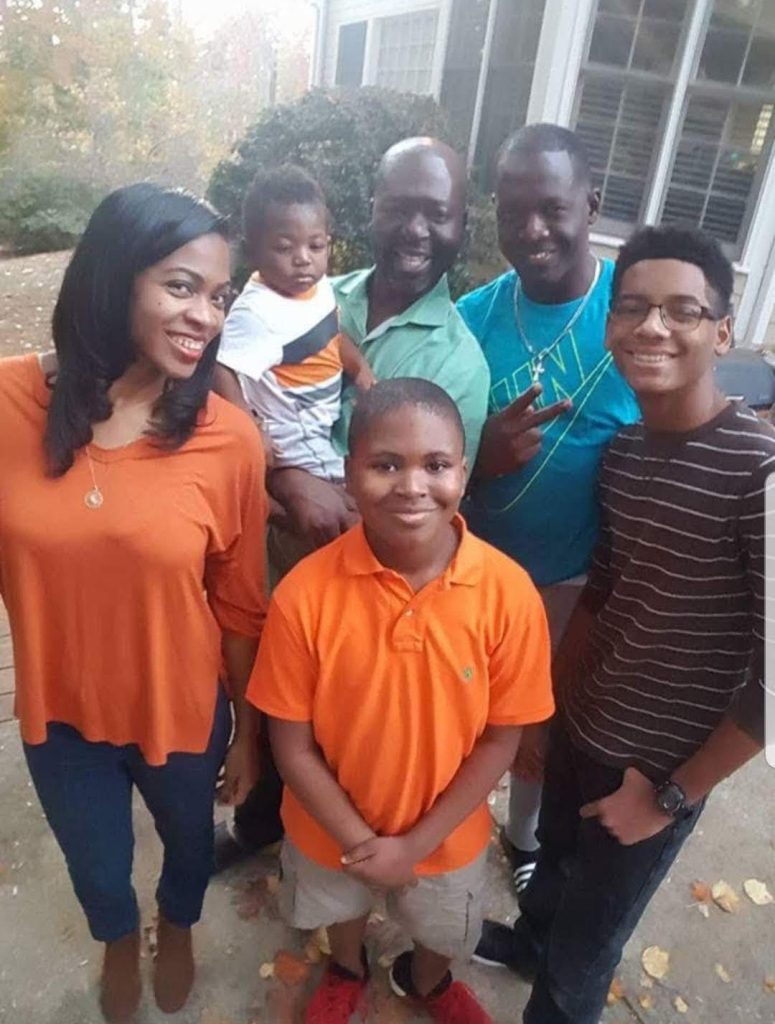
April’s husband Courtney has been her primary caretaker through it all. But in October 2021, the stress of caring for April and their three boys ages 7, 16 and 22, Courtney had a near-fatal heart attack. Since then, he has been unable to work full time as a finance manager, causing him to lose wages as well, she said.
“That was one of the scariest days of our lives, and I am forever grateful that we didn’t lose him that day,” she said.
“But all of these health issues caused us to completely empty our savings, pull money out of our retirement accounts, and go deeply into debt just to survive,” she added. “Eventually we had to make the hard decision to sell our home of 10 years just to stay afloat.”
Moving to a new home was traumatic for the whole family, she said.
“The boys had to change schools and leave the community where they had grown up,” April said.
April and Courtney’s neighbors were farther away too. “Our neighbors had been a major part of our support system since we hardly have any blood relatives here in Atlanta,” she said.
Two surgeries, radiation and an infection
Since her diagnosis, Donaldson has had two major surgeries to remove tumors on the side of her left breast, suffered a life-threatening infection and has had two rounds of chemotherapy. One was in 2020 from March to August and the other was in 2021 from June to August.
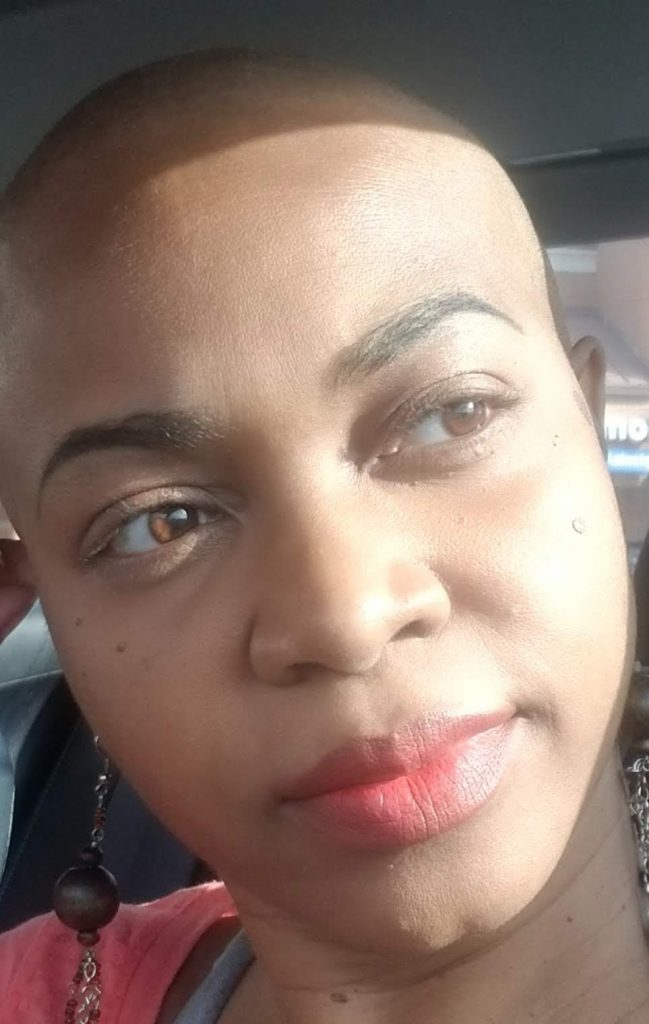
Chemotherapy is an effective form of treatment for triple-negative breast cancer, according to the Triple Negative Breast Cancer Foundation. The term “triple-negative” means Donaldson’s tumors tested negative for two hormone receptors (estrogen and progesterone) and for human epidermal growth factor receptor 2 (HER2), limiting physicians’ treatment options.
After her initial diagnosis, Donaldson was halfway through her first round of chemo when her white blood cell count plunged so low that her doctors sent her home, fearing she could not have another treatment.
Following her first round of chemotherapy in August 2020, Donaldson had a double mastectomy and reconstructive surgery with implants. Pathology results showed she was cancer free. “I felt like the sun shined a little brighter that day,” she said.
But less than four months later, diagnostic tests showed residual tumors again on the side of her left breast.
“There are no words to describe the feelings I felt that day, the dreadful thoughts of having to go through all those treatments and surgeries again,” she said. “But, I had children who needed their mother and a husband who needed his wife.”
Metastatic cancer: a terminal diagnosis
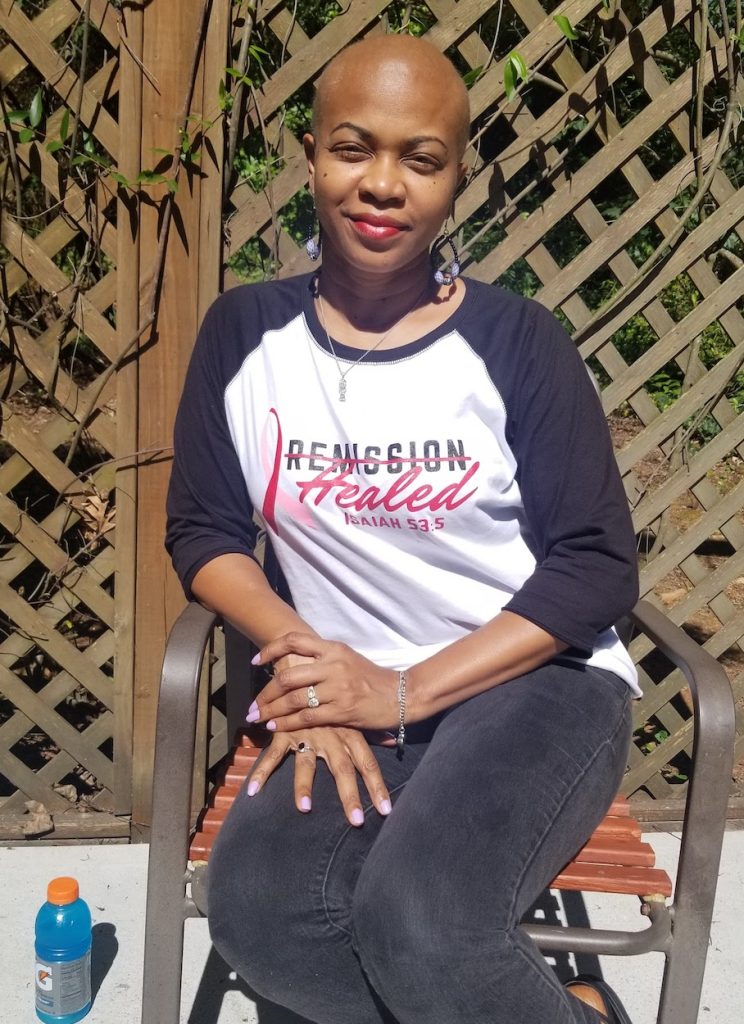
Again, Donaldson had chemo and two more breast surgeries followed by radiation from March into April 2022. Just weeks later, she returned to the hospital with a serious infection in her chest — a result of radiation.
“While treating the infection, doctors discovered nodules in my lungs,” Donaldson said. Cancer in her lungs meant she had Stage 4 metastatic breast cancer, a terminal illness.
“Doctors were no longer talking about curative treatments, but rather how to keep me here as long as possible and still maintain a decent quality of life,” she said. “This was a very bitter pill to swallow after putting my body through treatment after treatment and surgery after surgery for more than three years.”
U.S. patients face high treatment costs
Compared to those in other high-income countries, U.S. patients face wider income-related disparities and are more likely to have trouble paying medical bills — or even skip needed medical care altogether, according to a November Commonwealth Fund report.
In Germany and the Netherlands, for example, cost-sharing caps limit what patients spend out of pocket. Additionally, each person’s income determines the cost of coverage so that those with lower incomes get more government support, the report showed.
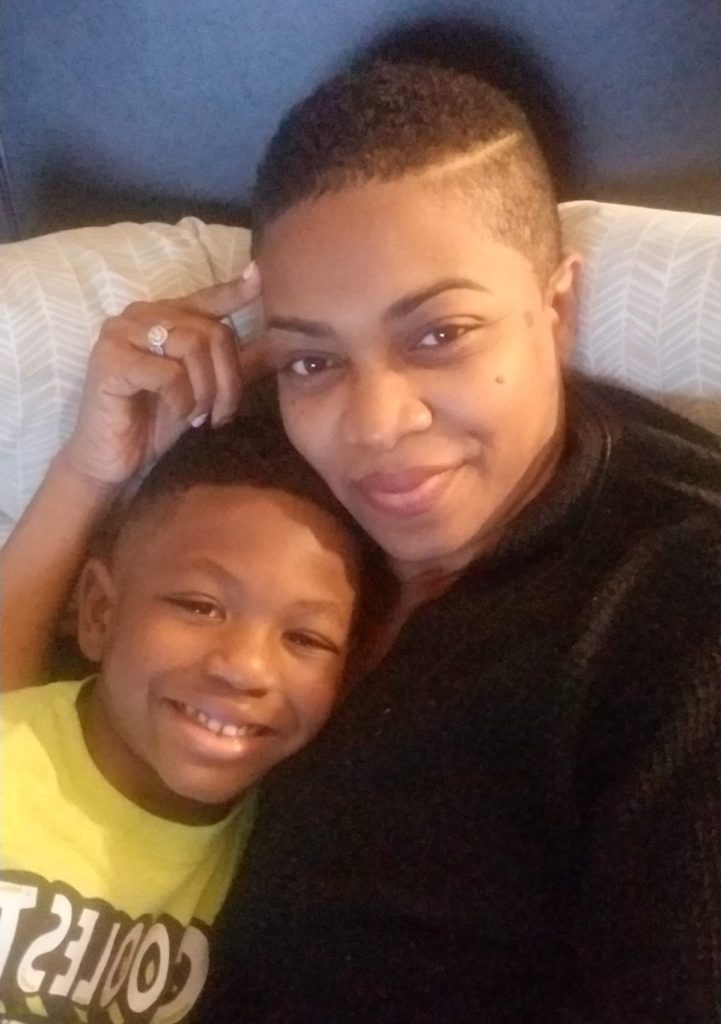
Lacking such limits on her costs, Donaldson was billed $17,000 each week for chemotherapy. After that, her physicians prescribed Keytruda (pembrolizumab), a form of immunotherapy used for patients with triple-negative breast cancer. When her physicians added the immunotherapy, her costs rose to as much $50,000 per treatment, she said.
Now, almost four years since her diagnosis, Donaldson is taking a targeted therapy for metastatic breast cancer called “PARP” that is slightly less toxic than chemotherapy and costs $14,000 for a 30-day supply.
“I was blessed because my insurance covered the majority of those bills,” she said. In the course of her treatment, however, she met patients with the same type of breast cancer who were not offered the treatments she got perhaps because their insurance didn’t cover it, she said.
The need to close financial loopholes
Asked to comment on April Donaldson’s struggle with financial toxicity, Sara R. Collins, the lead author of the October Commonwealth Fund report, said health policy experts and insurers need to find ways to prevent patients with high-cost conditions from being ruined financially.
Even some health plans that employers offer to workers and families and some of the Affordable Care Act plans that consumers buy require high out-of-pocket payments, Collins added.
“Most people just don’t have any choice over whether they will need inpatient care for a chronic health problem such as breast cancer or other kinds of cancer,” Collins said. Those patients need health plans that would protect them from financial ruin associated with that care, she added.
“That is the purpose of health insurance,” said Collins. “And to the extent that people are getting financially ruined by those health care experiences suggests that we need to look at closing those loopholes; and health plans need to address that problem too.”
Read more about April Donaldson in this September piece from The Patient Story.
Resources
- American Cancer Society
- Ana Marquez
Director, media relations
ana.marquez@cancer.org
800/227-2345
Marquez can provide sources for patients’ stories.
- Ana Marquez
- Leukemia & Lymphoma Society
- Ryan Holeywell
Senior Director, Advocacy Communications
ryan.holeywell@lls.org
202-277-0802
Holeywell says many lymphoma and leukemia patients will share their stories about the high costs of care.
- Ryan Holeywell
- The Patient Story
- RIP Medical Debt
- Patients for Affordable Drugs Now
- American Cancer Society Cancer Care Network

